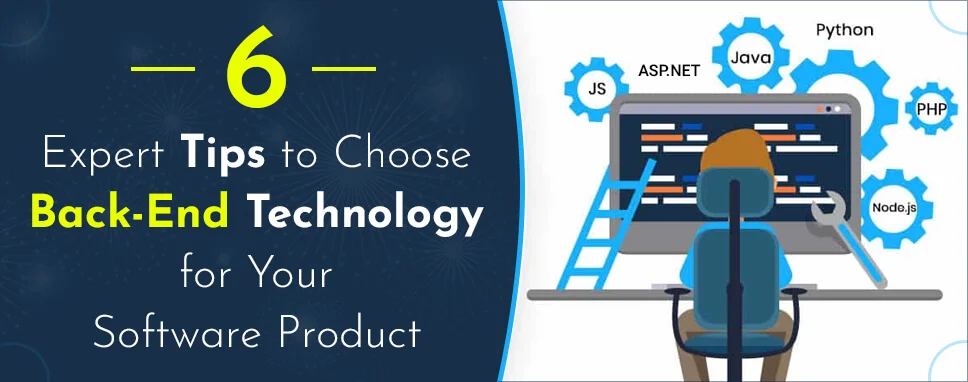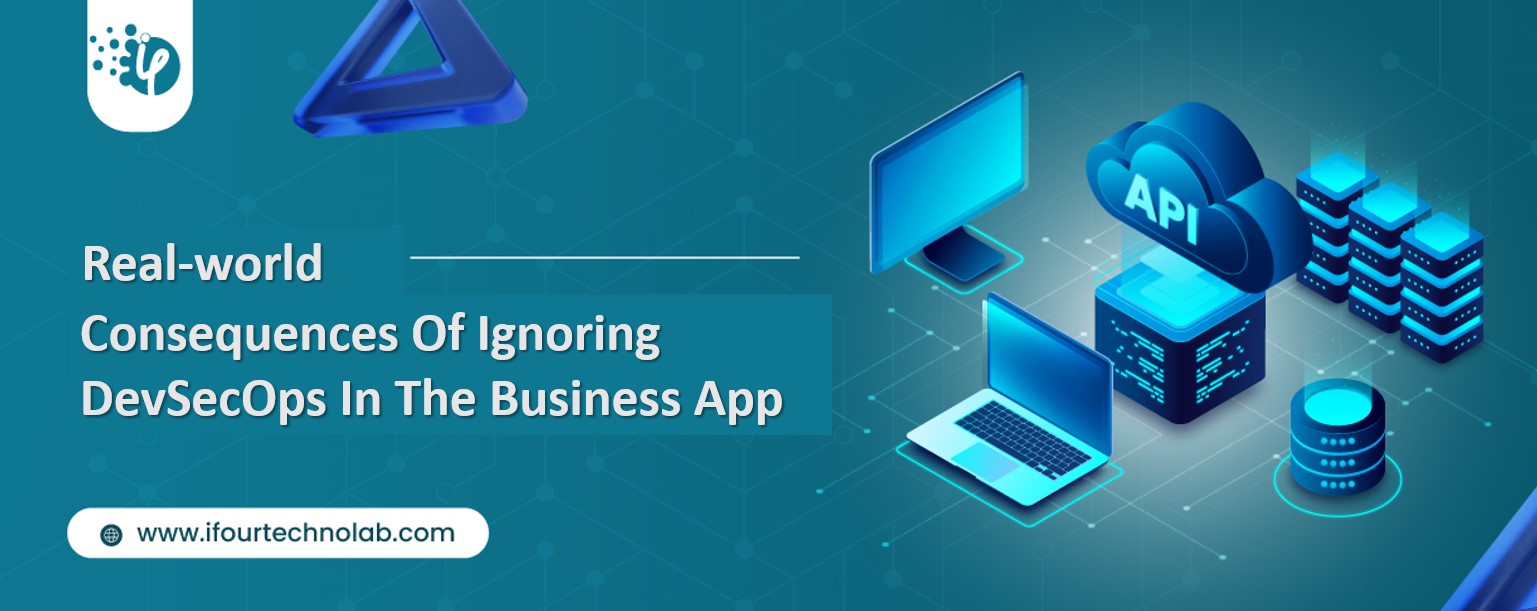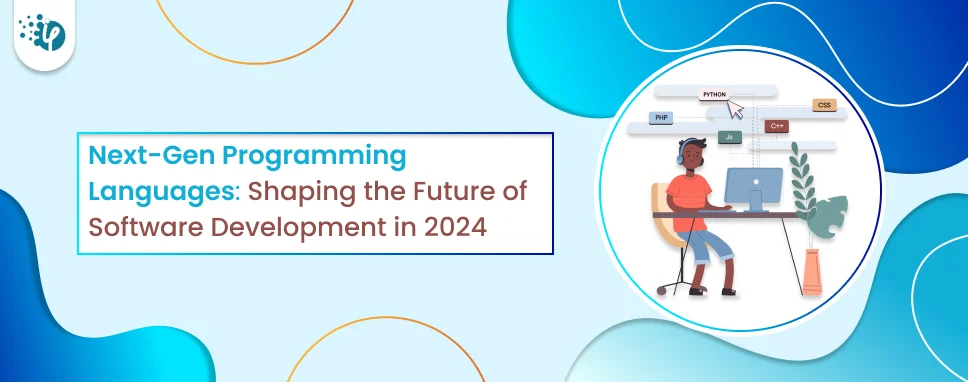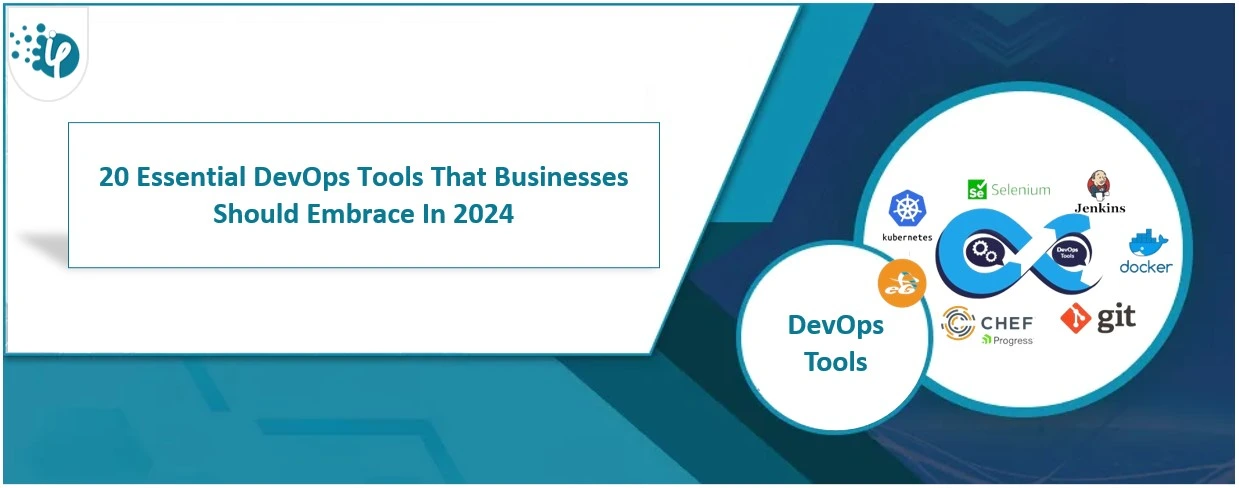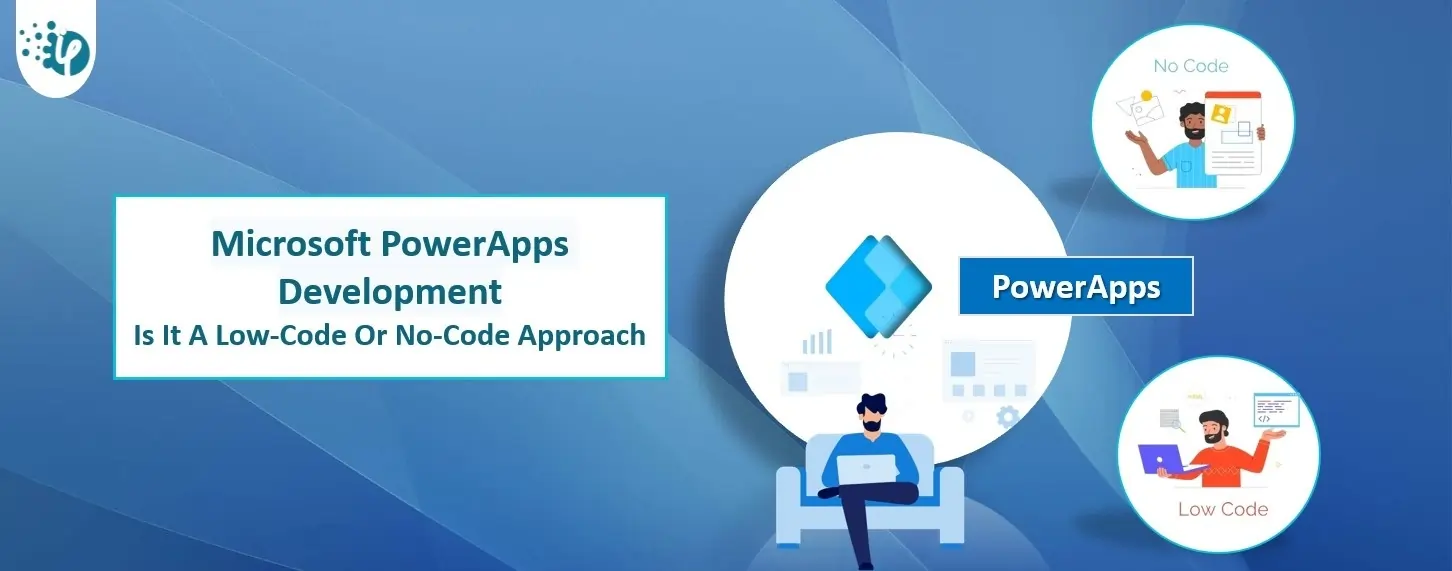Examples of MEAN stack websites: YAHOO!, YouTube, Netflix, Reddit, etc.
Examples of the MERN stack websites: eBay, GitHub, PayPal, Bloomberg, etc.
Examples of the ROR stack websites: Airbnb, Shopify, Dribbble, Twitter, etc.”
- Igor Diachenko, the CTO at Cadabra Studio
“HERE ARE THREE FACTORS TO CONSIDER BEFORE CHOOSING BACKEND TECHNOLOGY:
PROJECT REQUIREMENT:It is important to know and understand the project requirements before deciding which backend technology to use.
If your project requires real time functionality, then you can use Node, as it is good in concurrency. If the project requires a functional website to increase conversions, then Drupal can be used.
AVAILABILITY OF RESOURCES:Before choosing a backend technology, you need to identify what resources you have available.
For example, the availability of developers. If you are choosing a language which is not in common use such as Lisp, it will be hard to find programmers who know how to use it. If they do, they’ll charge a lot. So choose a technology that your developers are willing and able to work within.
Commonly used backend technologies will thrive in the future and also it will be easy for your developers to implement.
DEVELOPMENT AND MAINTENANCE COST:Whatever backend technology you will choose will directly influence the development cost
There will be the cost to hire developers, so for example, someone who works in Ruby or Python language, will charge more than a developer who works in PHP or Java language.
There is then the maintenance cost for the product, after it has been deployed. Consider sticking to open source technologies because they are cheaper and changed without any restrictions.” - Azza Shahid, Outreach Consultant @ GigWorker
“It is impossible to choose the most suitable backend technology without familiarizing with the requirement specification and having an idea about the project. However, you should pay attention to some general factors
-
The Development Team and Budge
As for costs, it is important to have a general idea of your project budget and employee costs.
-
Possibility of Integrating with Other Solutions
It is usually the case that a project relies on interactions with the application programming interface (API) of third-party services. The presence of a software development kit (SDK) for such services dramatically speeds up and simplifies development.
-
System Load Requirements
Several projects have different processing loads, and therefore not all tech stacks can cater to all processing load requirements. Thus, you need to compare your prospective product processing loads with the tech stack's capacity to be sure it can meet that need.
-
Flexibility and Scalability of the Technology Stack
Technology is constantly changing, upgrading, and adapting every day. So you should first be aware of the latest web development trends for the next few years to be sure of the flexibility and scalability of the tech stack you choose.”
- Aleksandr Denisyuk, PHP Developer at Orangesoft










